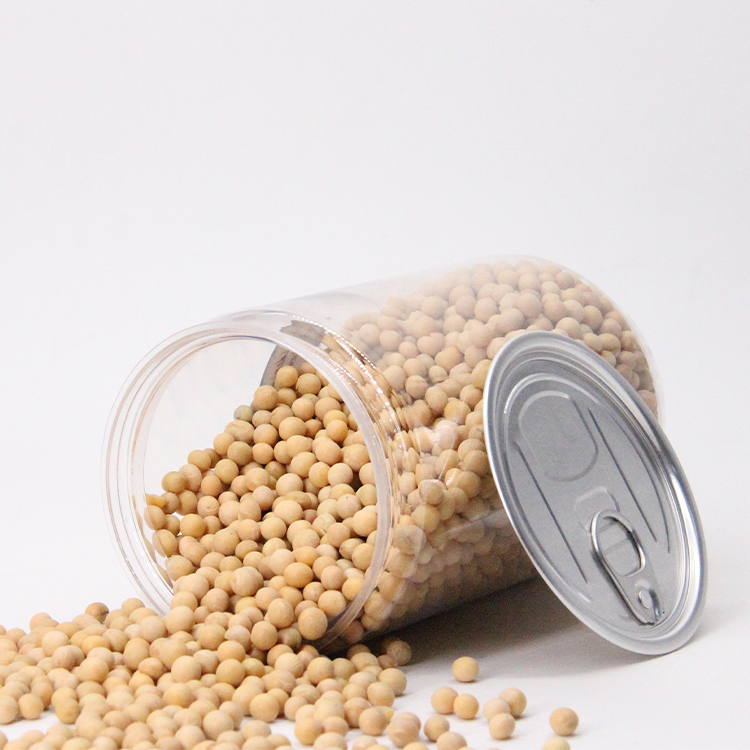Food Safe Plastics: Guaranteeing Protection in Food Packaging
Food Safe Plastics: Guaranteeing Protection in Food Packaging
In our rapidly evolving society, safeguarding food items has become a major concern for both companies and consumers. An essential element of food safety is the application of food-grade plastics. This article will explore the definition of food-grade plastic and its significant contribution to maintaining the quality and integrity of food products.

How Does Food Grade Plastic Become Certified?
Food-grade plastic is not your typical plastic; it must pass a stringent certification process to confirm that it is safe for use in food packaging. Regulatory organizations, such as the Food and Drug Administration (FDA), have set forth specific guidelines and criteria for food-grade plastic. These criteria evaluate aspects like the plastic's resistance to chemical leaching, its compatibility with various foods, and its effectiveness in preserving the freshness and safety of food items.
Plastic Resins Approved by the FDA as Food Safe
The FDA has authorized certain plastic resins for food packaging applications. These materials are recognized for their safety and durability, making them suitable for storing and transporting food items. Among the FDA-approved plastic resins that are free from BPA and frequently utilized in food-safe containers are:
- Polypropylene (PP): This material is extensively utilized in the packaging of food items due to its remarkable resistance to chemicals and long-lasting nature. You'll often encounter it in containers that are safe for microwave use, storage solutions for food, and caps for bottles.
- High-Density Polyethylene (HDPE): Renowned for its robust barrier characteristics, HDPE is an excellent option for packaging food and drinks. It is frequently found in containers like milk jugs, bottles for water, and juice packaging.
- Polyethylene Terephthalate (PET): PET is a lightweight, clear plastic commonly employed for bottling various beverages, including water, soda, and juices. Additionally, it is regularly used for food trays and containers designed for salads.
Common Product Uses for Different Resins
Different FDA-approved plastic resins are designed for specific roles in food packaging. Below are examples of how various food-safe plastics are utilized:
- Polypropylene (PP): Containers made from PP are frequently employed for packaging items like deli meats, dairy products, and sauces. They can also be used for containers that are safe to use in microwaves.
- High-Density Polyethylene (HDPE): HDPE is a popular choice for packaging liquids such as milk and water, as well as other beverages. It is also often found in food storage containers and their lids.
- Polyethylene Terephthalate (PET): PET is typically used for bottling drinks like carbonated beverages, juices, and water. Additionally, it works well for packaging salad dressings, condiments, and fruit products.
Plastics designated for food use are essential for maintaining the safety and quality of food items. By following FDA regulations and utilizing approved plastic materials, your company can securely package its food products in containers that preserve the freshness and integrity of their contents. At Creative Package, we provide an extensive selection of both stock and custom packaging solutions tailored to the specific requirements of your business. For additional insights on safe packaging practices for food and beverages, visit our informative blog on the subject here.
Plastics designated for food use are essential for maintaining the safety and quality of food items. By following FDA regulations and utilizing approved plastic materials, your company can securely package its food products in containers that preserve the freshness and integrity of their contents. At Creative Package, we provide an extensive selection of both stock and custom packaging solutions tailored to the specific requirements of your business. For additional insights on safe packaging practices for food and beverages, visit our informative blog on the subject here.